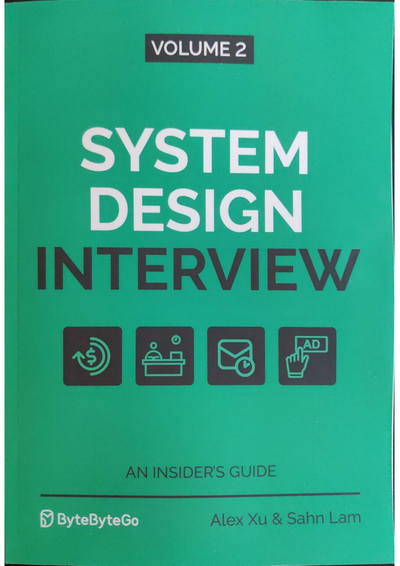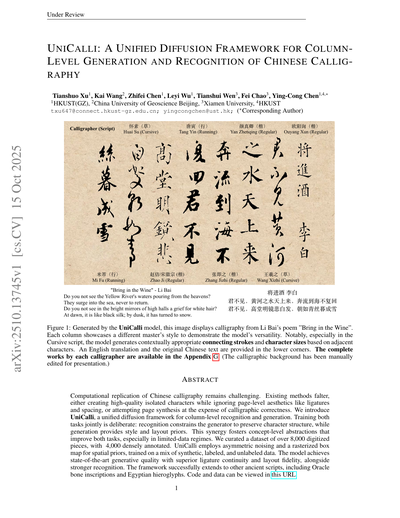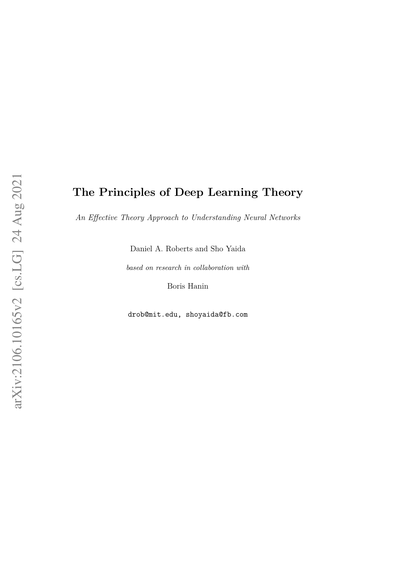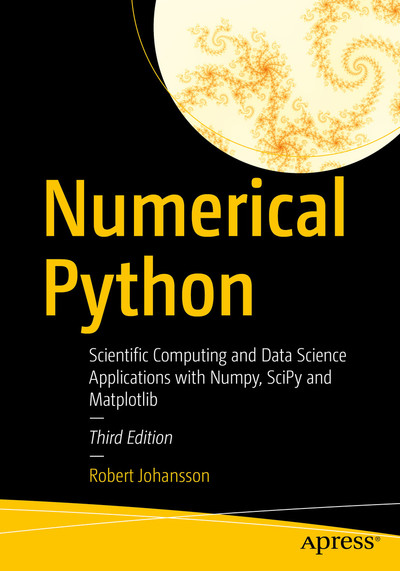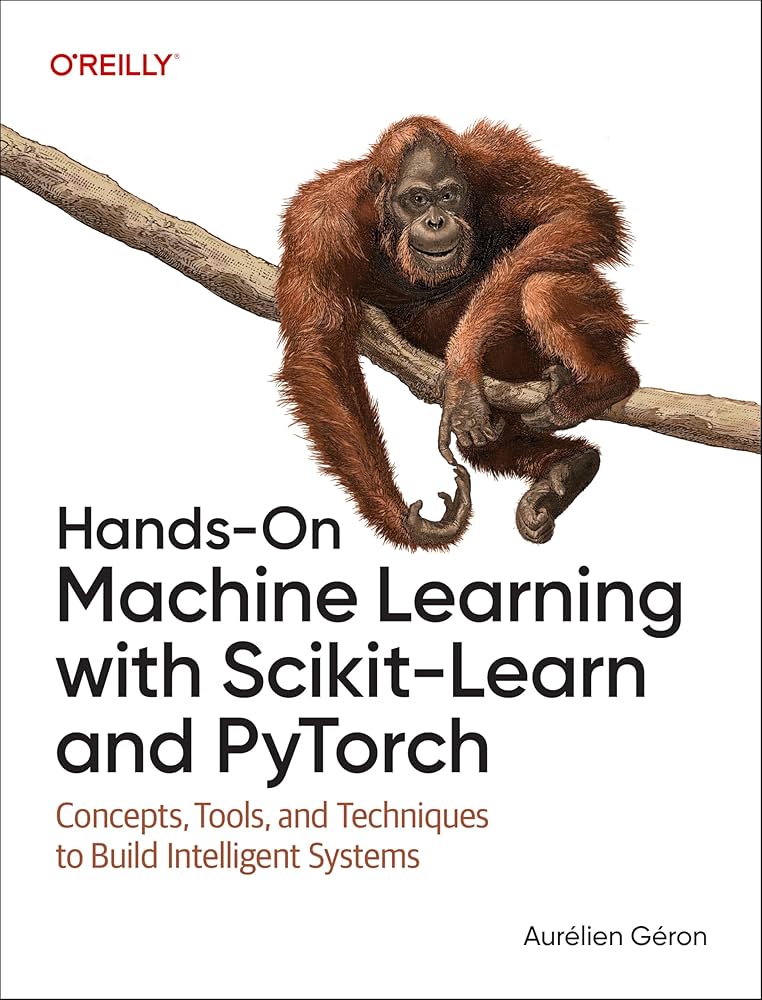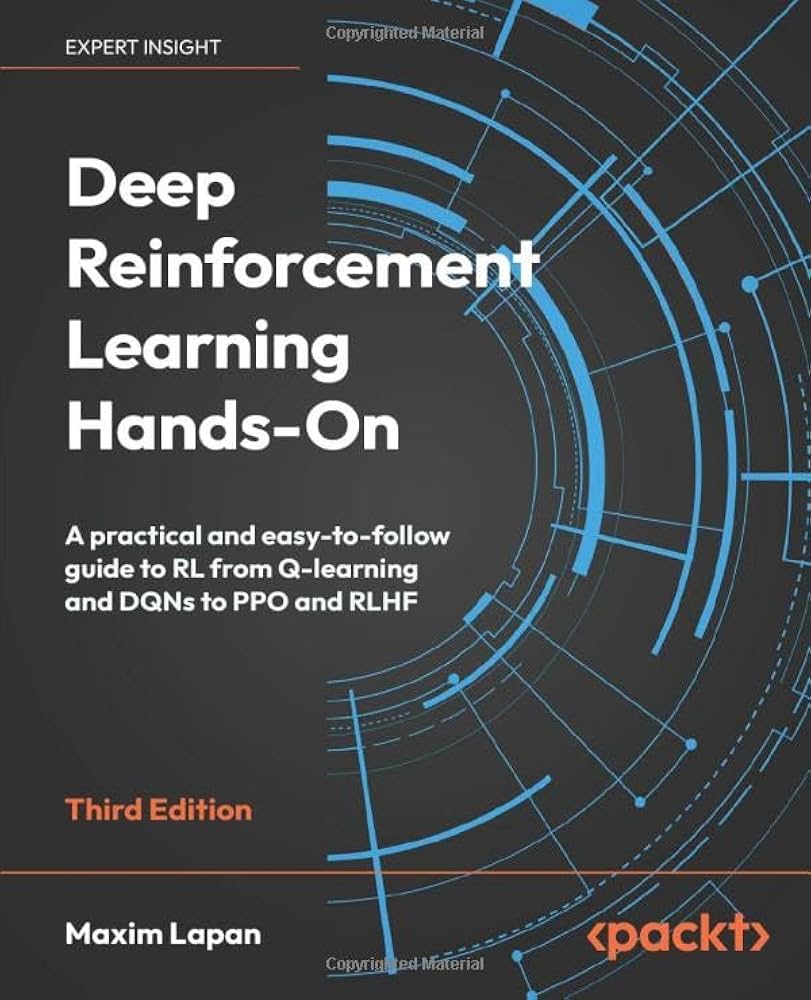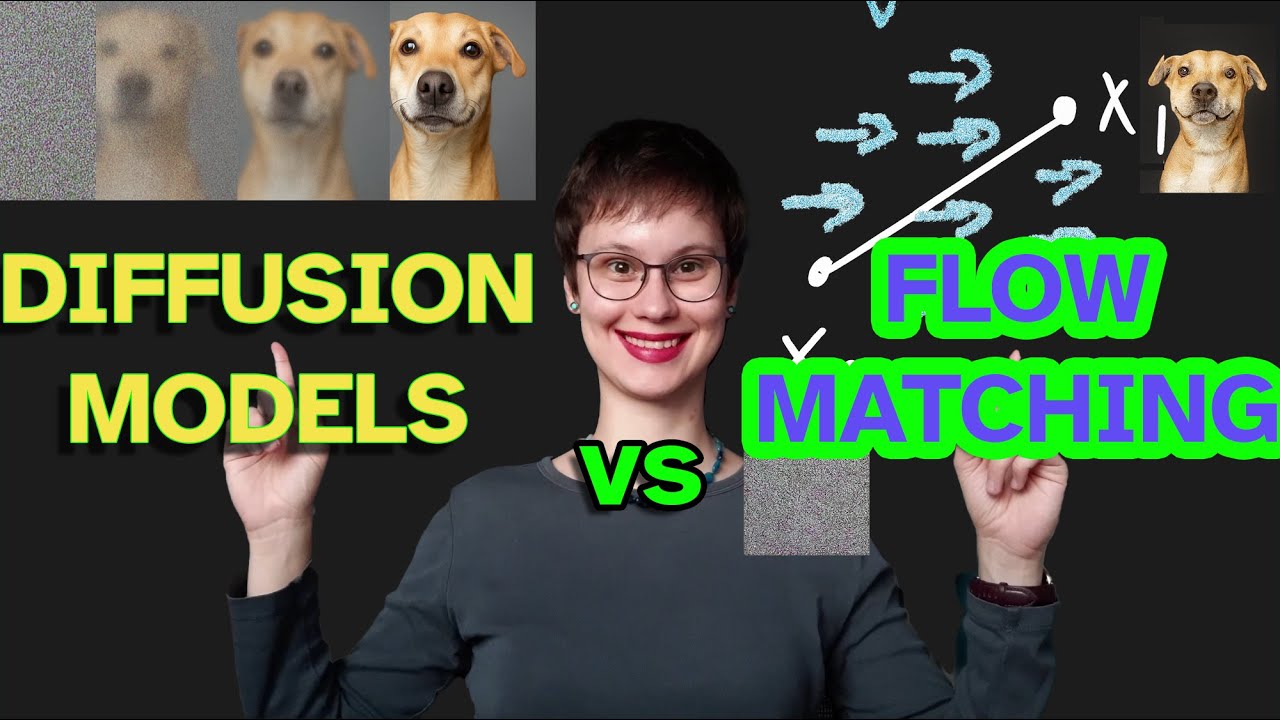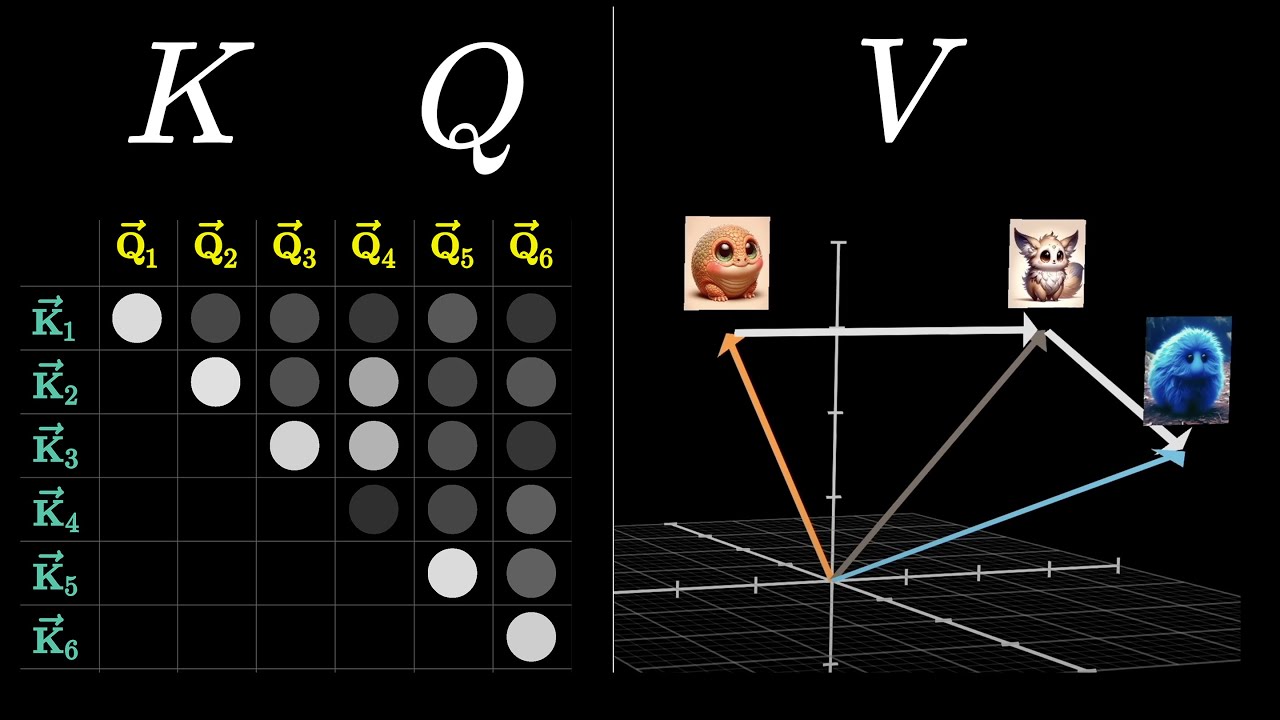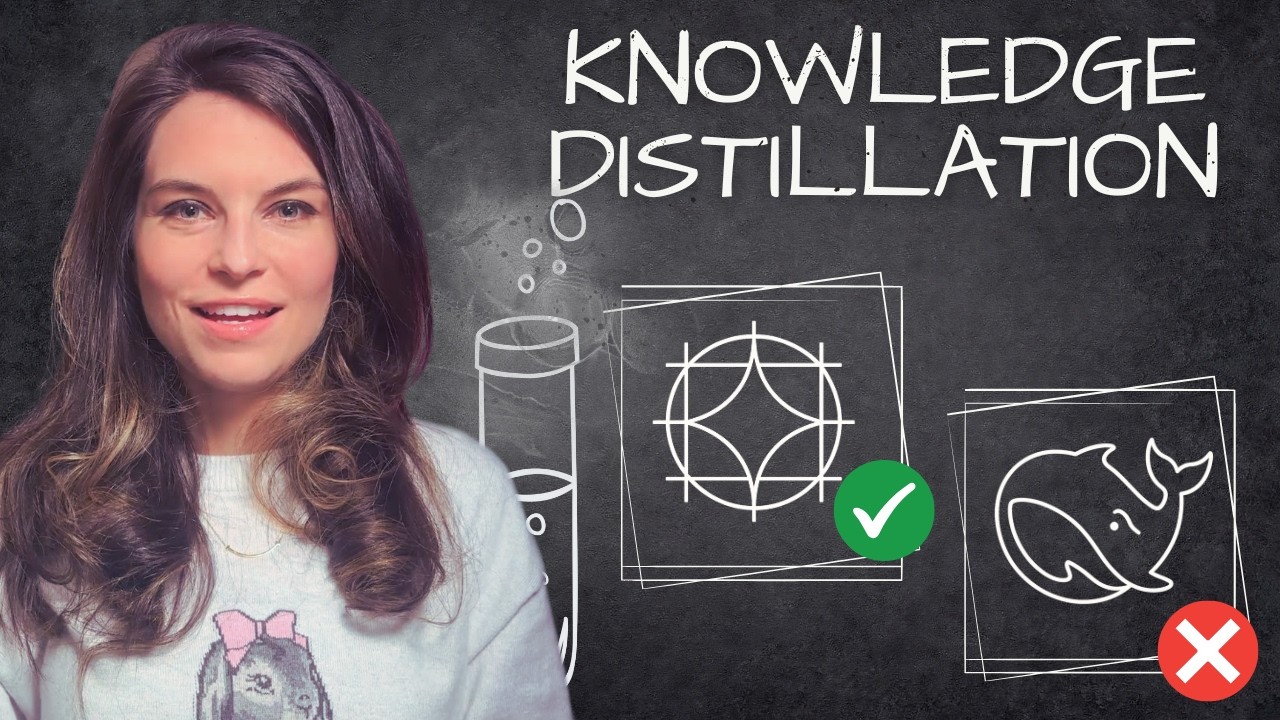
Online Workshop Every Week
Join our free weekly interactive learning sessions.
Master AI/ML with instant feedback and personalized learning
"Cogito, ergo sum" (I think, therefore I am)
— René Descartes

Free Problems
Deep Q-Learning Fundamentals
This problem set covers key concepts from Chapter 2 on Deep Q-Learning, including decision problem classification, dynamic programming, Q-learning fundamentals, and practical implementation of DQL agents. The problems progress from basic conceptual understanding to advanced analytical thinking about reinforcement learning algorithms and their applications in finance and economics.
30 pts
Medium
100
reinforcement learning
decision making
markov processes
+7
Chapter 01 - Learning Through Interaction
This problem set covers key concepts from Chapter 1: Learning Through Interaction, focusing on Bayesian learning, reinforcement learning fundamentals, and the building blocks of RL algorithms. The problems progress from basic probability concepts to advanced RL principles, testing your understanding of how agents learn through interaction with environments.
25 pts
Easy
96
probability
expected value
decision making
+7
How AI Taught Itself to See [DINOv3]
This problem set explores self-supervised learning in computer vision, focusing on the DINO (self-DIstillation with NO labels) framework and its evolution to DINOv3. These methods enable AI models to learn meaningful visual representations without human-labeled data by creating their own supervision signals through image augmentations and knowledge distillation between student and teacher networks. The problems cover feature representation, contrastive learning, knowledge distillation, and the specific innovations that make DINOv3 effective for visual understanding tasks.
38 pts
Medium
100
feature representation
linear classifier
data transformation
+7
Advancing Diffusion Models for Text Generation
This problem set explores key concepts from Kilian Q. Weinberger's talk on advancing diffusion models for text generation. The problems cover knowledge separation in language models, latent diffusion for text, and controlling language models through diffusion processes. Work through these problems to understand the cutting-edge techniques discussed in the video.
46 pts
Medium
100
large language models
knowledge storage
text generation
+7
Text Diffusion - A New Paradigm for LLMs
This problem set explores the emerging paradigm of text diffusion models in large language models. Based on the video "Text diffusion: A new paradigm for LLMs", these problems will test your understanding of how diffusion-based LLMs differ from traditional auto-regressive models, their implementation challenges, and their potential advantages in speed, quality, and flexibility. The problems progress from basic concepts to advanced implementation details.
57 pts
Hard
96
auto-regressive models
diffusion models
generative ai
+7
American Invitational Mathematics Examination (AIME) Real Set 18
This problem set contains 5 questions from the AIME (American Invitational Mathematics Examination) validation dataset. These are competition-level mathematics problems that require numerical answers ranging from 000 to 999.
---
25 pts
Hard
96
geometry
vector geometry
convex polygons
+7
Premium Problems
Knowledge Graphs
USA AI Olympiad
Explore competitive programming and AI contest preparation concepts
Grade 5 Math
Discover elementary mathematics concepts and learning paths
Featured PDFs
View All PDFsSystem Design Interview: An Insider's Guide Volume 2
116 questions
348 pts
System Design Interview: An Insider's Guide
108 questions
317 pts
UNICALLI: A UNIFIED DIFFUSION FRAMEWORK FOR COLUMN-LEVEL GENERATION AND RECOGNITION OF CHINESE CALLIGRAPHY
10 questions
38 pts
The Principles of Deep Learning Theory
107 questions
418 pts
Featured Books
View All BooksAcing the System Design Interview
153 questions
456 pts
Numerical Python: Scientific Computing and Data Science Applications with Numpy, SciPy and Matplotlib
190 questions
543 pts
Hands-On Machine Learning with Scikit-Learn and PyTorch
200 questions
554 pts
Deep Reinforcement Learning Hands-On - Third Edition
222 questions
720 pts
Featured Videos
View All VideosFlow-Matching vs Diffusion Models explained side by side
10 questions
29 pts
Attention in transformers, step-by-step | Deep Learning Chapter 6
10 questions
30 pts
Knowledge Distillation: How LLMs train each other
10 questions
27 pts
Diffusion Model
10 questions
32 pts
Popular Topics
machine learning
56
deep learning
40
neural networks
35
reinforcement learning
33
system-design
28
grade5
27
optimization
14
large language models
13
attention mechanisms
13
combinatorics
13
system-architecture
13
natural language processing
12
aime problems
12
Number Sense
12
scalability
11
beginner
10
number theory
10
performance
10
transformers
9
capacity-planning
9
Click on any tag to filter problems by that topic
